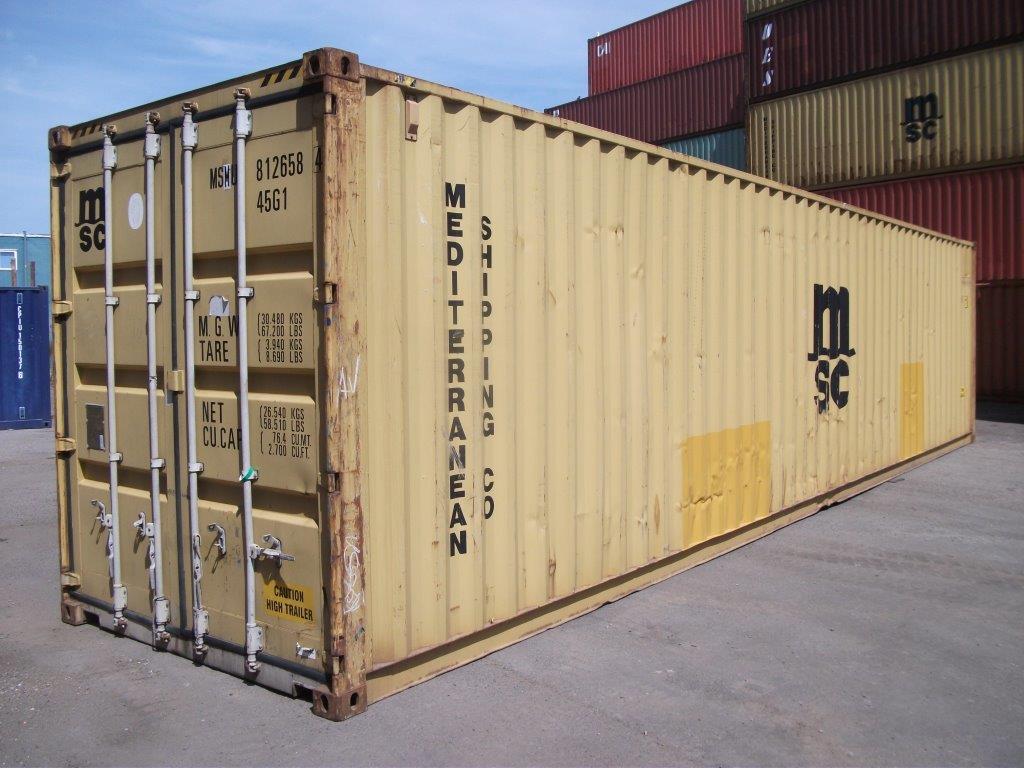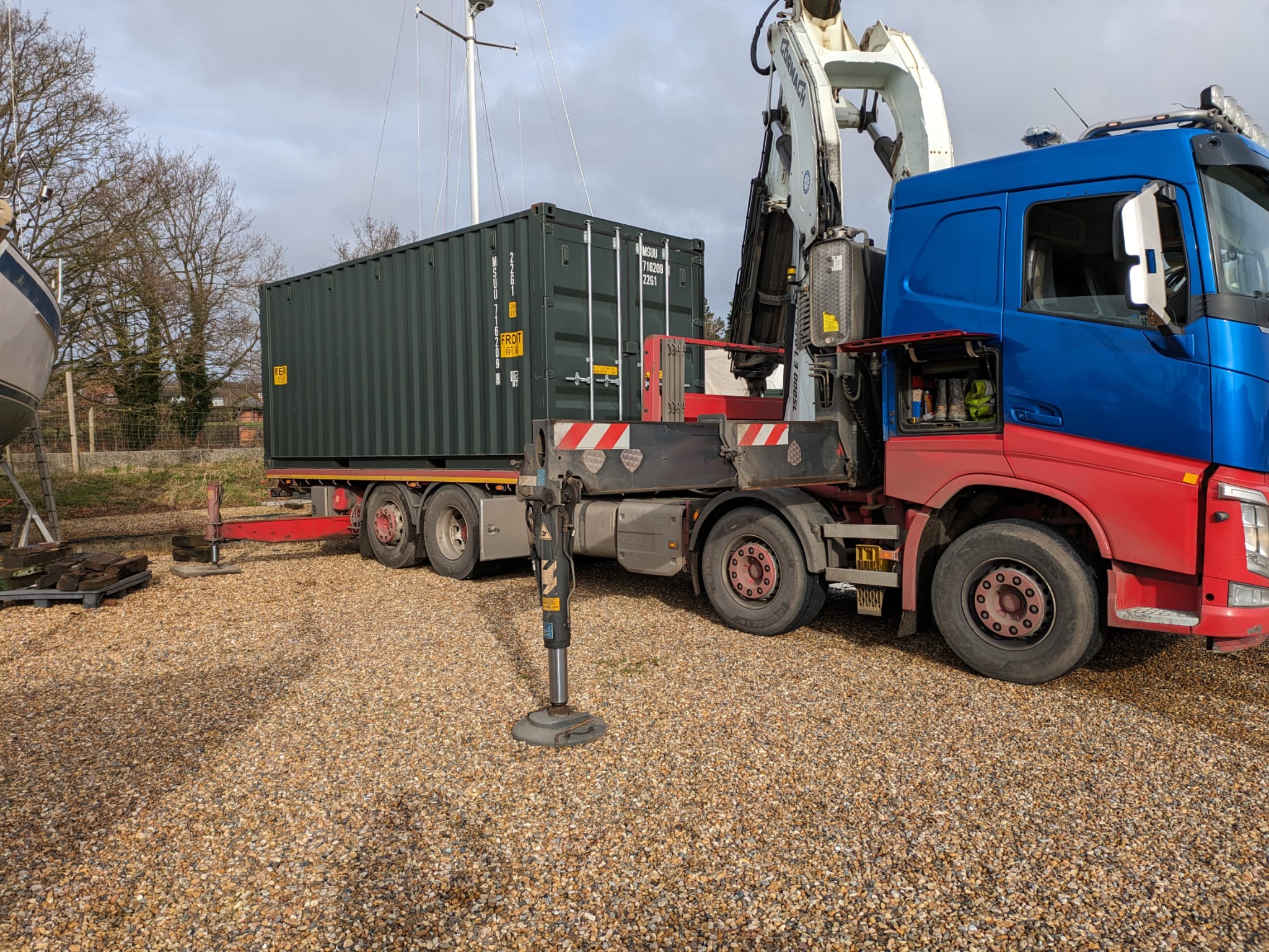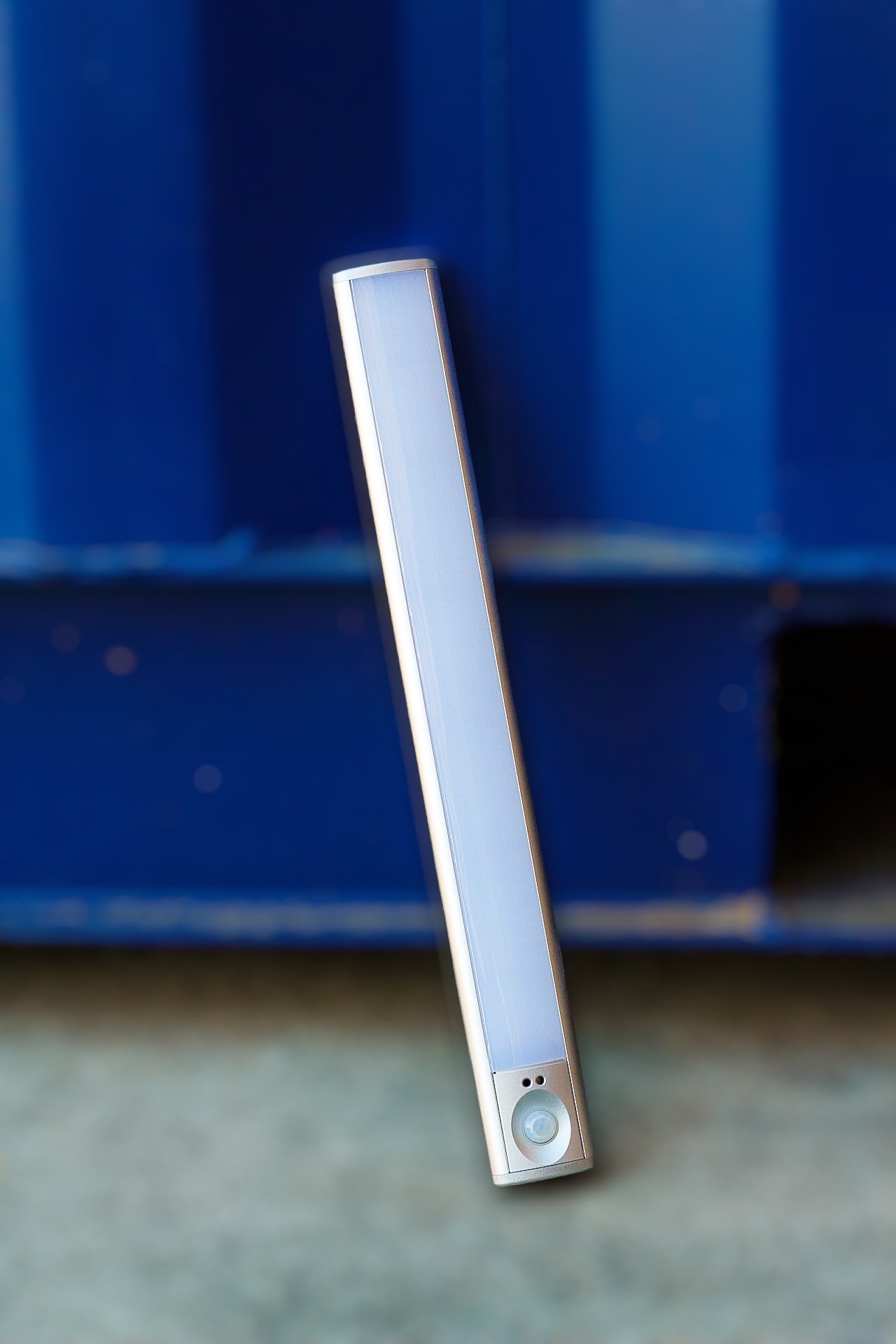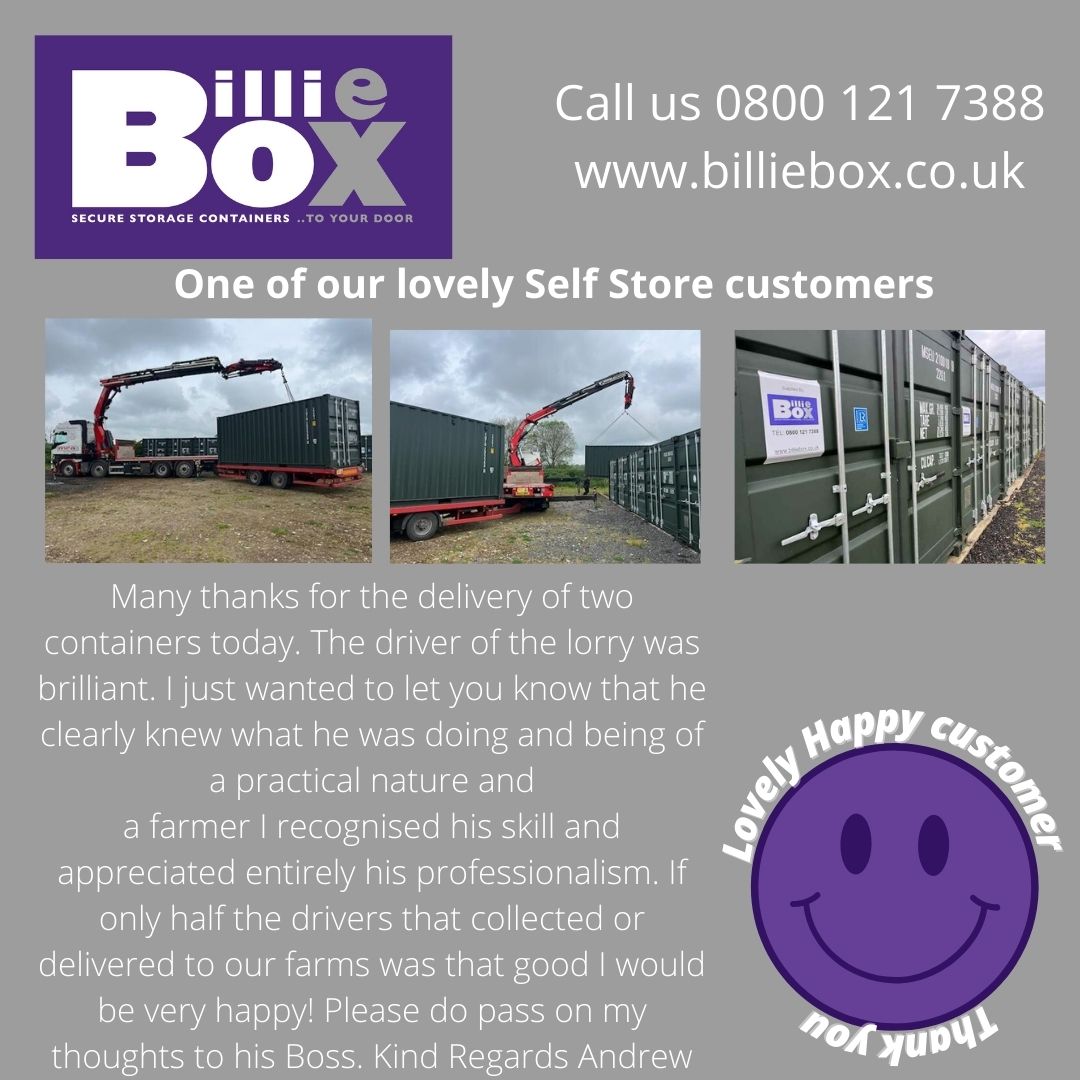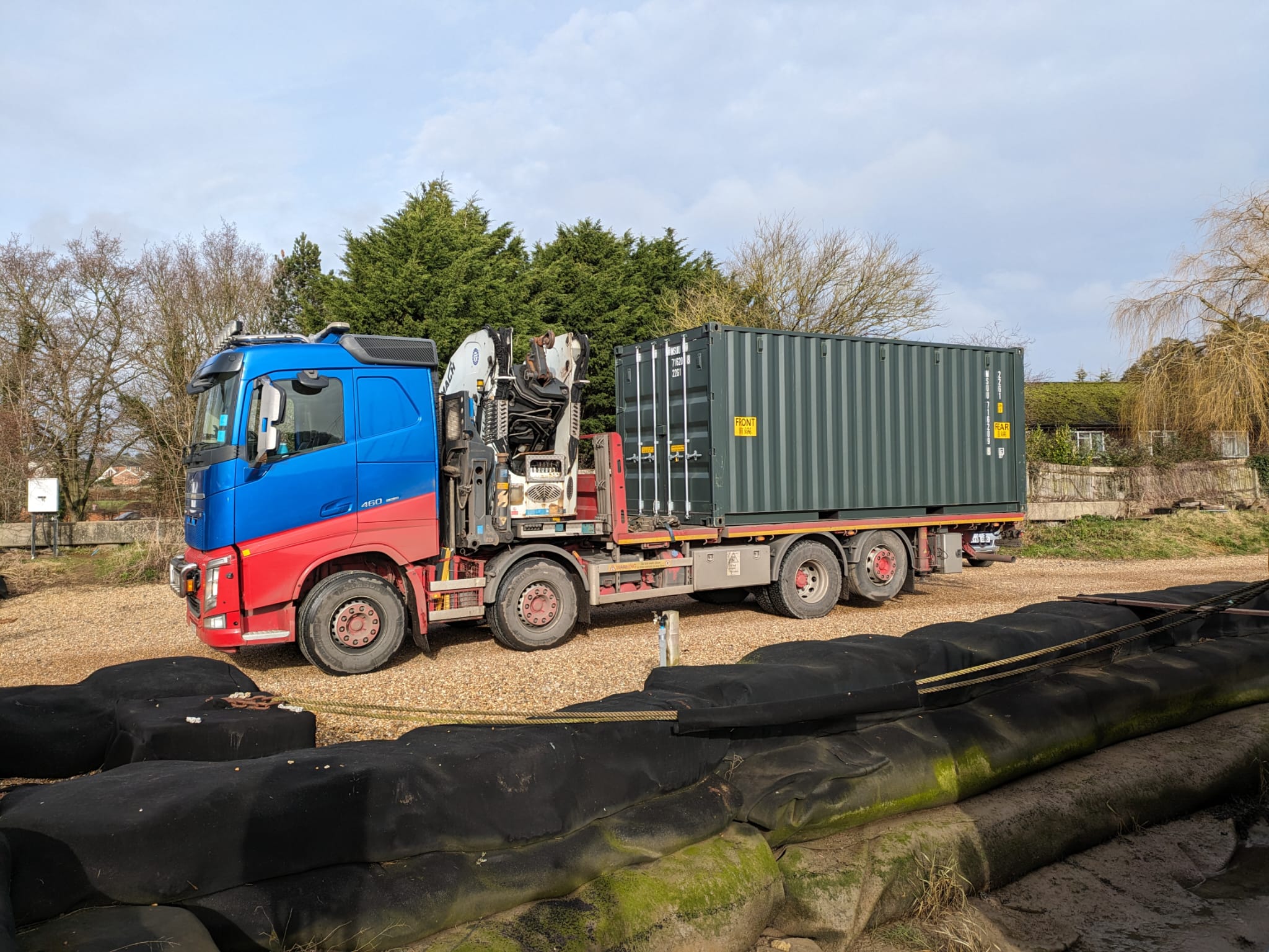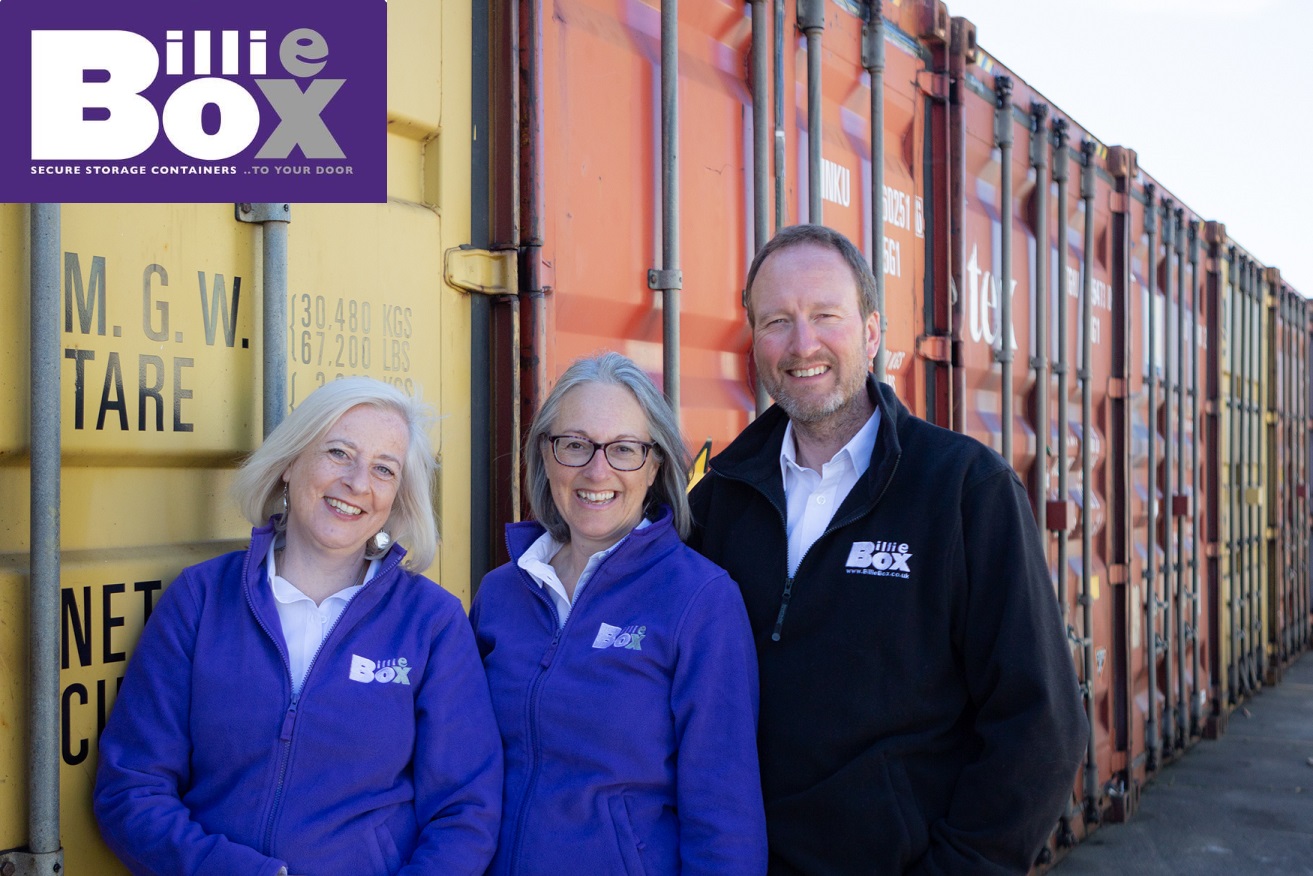How long do shipping containers last?
Shipping containers are built from Corten steel which has high tensile strength. This gives them the durability necessary for shipping goods across the world. Despite their strength and resilience, they will still deteriorate over time. This post answers the question of how long a shipping container lasts and explores the factors affecting its life expectancy. …

